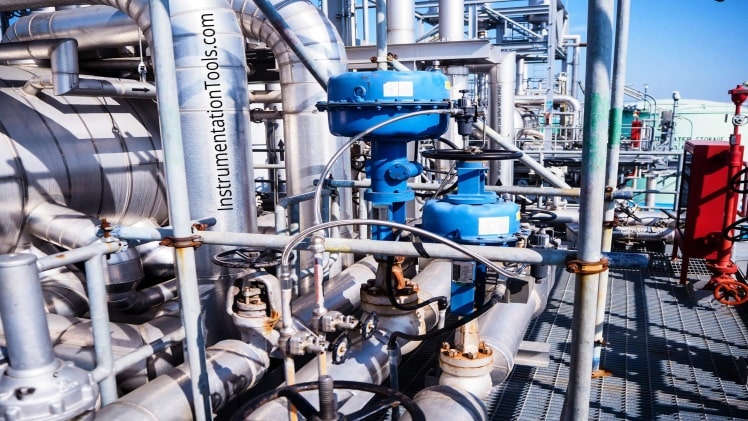Electric control valves are a key component in a wide range of process automation applications. They are energy efficient and quieter than pneumatic and hydraulic valves, and are used in tight spaces where mechanical valves would be difficult to use.
As with other industrial products, electric valve actuators have various features and capabilities that help you select the best solution for your application. These include power source, controls, feedback, giải pháp giám sát điện năng, commissioning, security, backup power and failsafe.
Flow Control
Flow control is the application of an electric control valve to alter the flow of liquid or gas through a pipeline. It can be passive or active.
In the case of passive flow control, the van an toàn will operate in an open or closed position. When it’s in the closed position, air pressure will be applied to it to force it into the open state.
When a valve is in the open state, it will receive signals from an outside controller such as a PLC or potentiometer. The valve’s driver card accepts those signals and sends them to the solenoid on the valve.
The power to operate the electric actuator is provided by a remote-control station or from an on-site voltage source. It is important to choose an electric actuator that runs on the right voltage for your facility’s system.
Pressure Control
Pressure control is a common application of an electric control valve. It is often used in applications with a high differential pressure between the main and secondary circuits, such as autoclaves, back pressure stations, and highly rated plant like large heat exchangers or calorifiers.
In such cases, the primary and secondary spools of the valve can be adjusted to open or close in a desired sequence by sizing cylinders to displace different loads. However, many installations have space limitations and force requirements that determine the cylinder size required to achieve a desired result.
To overcome the valve and actuator friction that causes hysteresis, positioners can be fitted to the valve/actuator assembly (see Figure 6.6.11). They relate the input signal to the valve position and provide any output pressure necessary to satisfy this relationship, according to the valve and actuator requirements.
Temperature Control
The van bi điều khiển điện are a great way to regulate the temperature of your process. They are often used in heating and cooling systems and can help save energy while increasing efficiency.
Several types of valves can be used for temperature control, including pilot actuated and direct operated thermostatic valves. They are available in both 2-way and 3-way valve designs, and feature a variety of options.
In thermostatic valves, a thermal actuator is actuated by an expansion of the fluid in a bulb (a temperature measuring element) using a capillary tube for self-operated temperature regulation. When the temperature of the medium to be heated increases, the liquid in the bulb expands, applying a actuating force to the actuator to open the valve stem and increase the flow of the medium.
The power unit of the thermal actuator is directly connected to the plug unit and develops the force and travel necessary to fully open and close the valve. This design is more accurate than pilot actuated regulators but has an increased operating current that can cause the thermal actuator to break down.
Process Control
The application of an electric control valve is to vary the flow of liquid, steam or gas in a process. This can be accomplished with a variety of valve types, sizes, materials and modes of actuation.
This is done in order to keep processes stable and functioning properly. This is crucial in many industries as it helps the system to use energy more efficiently, and also prevents any risks.
These valves are designed to operate accurately and ensure stability in any application. They will make it possible to achieve the most desirable outcome without using a lot of energy.
When deciding on the right type of valve for a specific application, it is important to consider different factors such as compatibility with remote systems, rugged construction and cost. These things will impact the way that the valve will work, and ultimately how well it will serve its purpose. It will also depend on the kind of flow control that the valve needs to perform.

